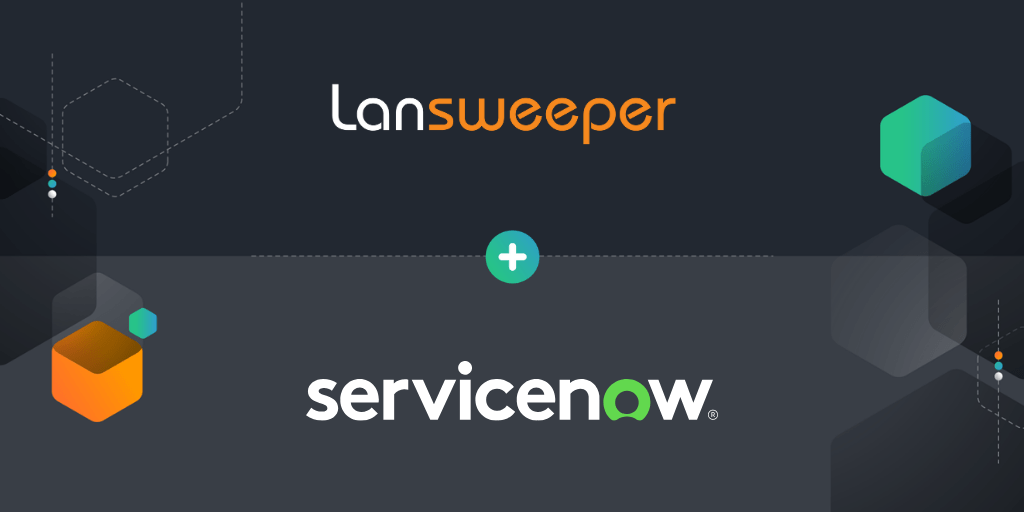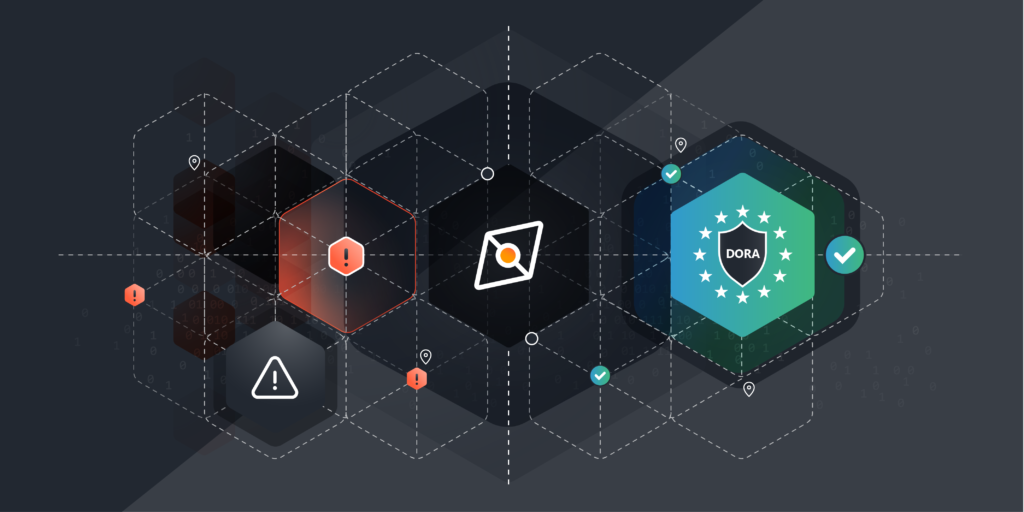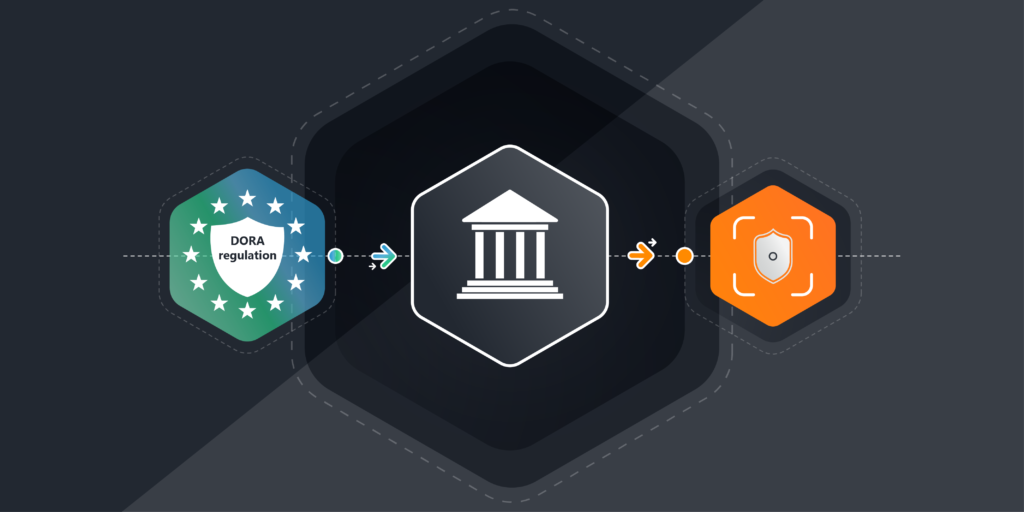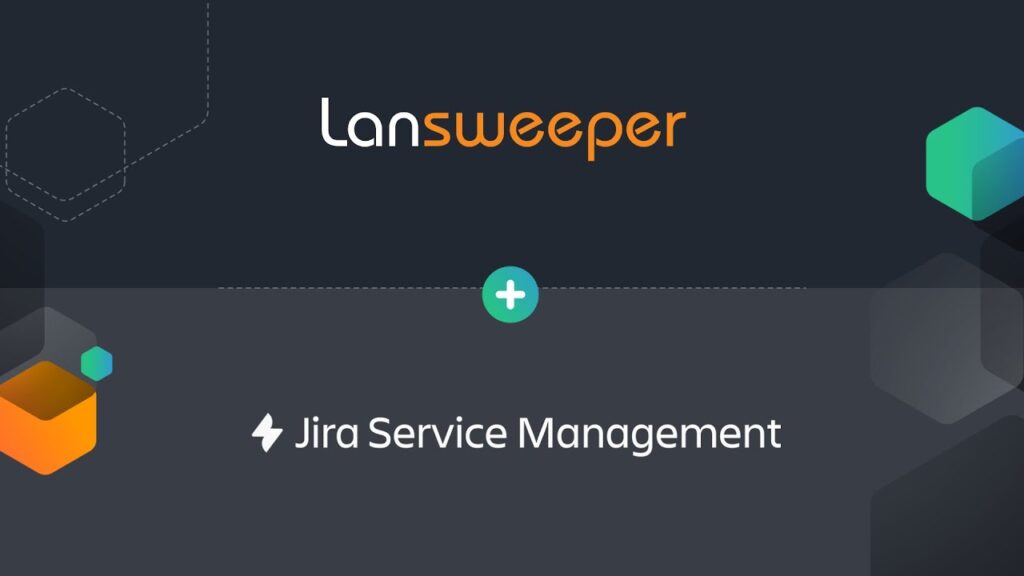
Over the past year or so, organisations are leveraging a new approach to identifying visibility gaps across the IT landscape. Many are combining and comparing multiple data sources to ensure they have the greatest possibility of identifying all devices in the IT estate.
In a lot of ways, this is the most programmatic way to get a superset view of your IT (and OT) fleet: use multiple tools with overlapping scope to detect all devices, then combine the data and identify what’s not represented in key security management systems such as endpoint protection systems, vulnerability management systems, patch management systems, log management systems and others.
Seems reasonable, but there are several challenges with this approach:
- Many of the source systems used in this approach are not dedicated discovery tools. Organisations may extract data in hopes of identifying gaps from systems designed for another purpose, such as endpoint protection, rather than leveraging fast, comprehensive, ubiquitous and therefore pure IT asset discovery. Using a system not designed for IT discovery can limit the breadth and depth of coverage.
- The gap identification process often requires a lot of human intervention and manual processes. This clearly introduces limitations in terms of accuracy, frequency and scalability.
- To be effective, the outcomes of the process need to land in actionable/workflow systems, such as ServiceNow. Achieving this in an automated and continuous manner can be a complex and often overwhelming undertaking.
Lansweeper has become the go-to tool used by many operational teams as their primary IT discovery process. Recognised as a highly capable, rapidly deployable, low-maintenance and low-cost solution, Lansweeper is one of the few long-term, dedicated IT discovery tools on the market. More and more, we’ve seen customers taking advantage of the vast array of the asset types (and related data) Lansweeper discovers to identify data gaps in other systems that depend on complete visibility of devices across large and complex IT estates.
However, while organisations are using Lansweeper’s discovery capabilities for this purpose, they still need to address the other challenges noted above: reducing manual tasks in the gap analysis process and ensuring automatic IT asset data synchronisation with ServiceNow. Thanks to our partner organisation Syncfish and their CI Synchronzier platform, completing this puzzle is now fast and easy.
Solving CMSB Automation with Lansweeper and CI Synchronizer
CI Synchronizer offers several benefits when integrated with Lansweeper:
- Fast and easy to implement: Once a customer-specific instance of CI Synchronizer is provisioned, the setup time for most customers is between 60 to 90 minutes. In other words, within 60-90 minutes of setup, you can expect to be synchronizing Lansweeper data into your ServiceNow CMDB. Even if your CMDB is non-standard or customised, the CI Synchronizer product is highly configurable by the Syncfish team. With a little bit of extra time and effort CI Sync will be persisting your Lansweeper discovery data into even the most complex, bespoke CMDB designs.
- Rich data: The integration produces an incredibly rich set of CIs in your CMDB based on the wide range of asset/record types and fields/attributes captured by Lansweeper. This means you have a tremendous array of attributes in your CMDB for the purpose of identifying and remediating any gaps.
- Multiple data sources: Lansweeper is designed to cooperate with other data sources pushing data into your ServiceNow CMDB. For example, CI Synchronizer has “split transform maps,” which means it uses one set of transform maps for inserting new CIs and a second set for updating CIs. As a result, you have control over how the solution handles first-time asset discovery by Lansweeper, versus updates to CIs and related records discovered by another data source.
By combining Lansweeper and CI Synchronizer together, the process of detecting assets, identifying data gaps ensuring all systems are equipped with critical security systems is easier. Best of all, the solution automatically and continually updates data, adding value well beyond gap analysis. In fact, the integration ensures that your ServiceNow CMDB is always accurate and up-to-date, delivering across a wide range of ITSM/ITIL (and non-ITSM) processes.
Learn more about the Lansweeper + CI Synchronizer integration for your ServiceNow CMDB, and discover how you can optimize your investment today.


